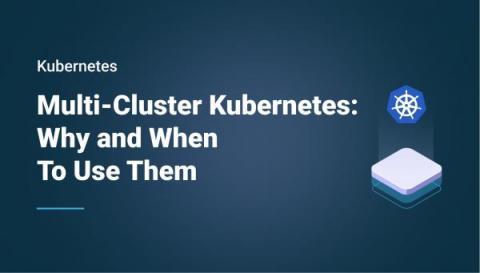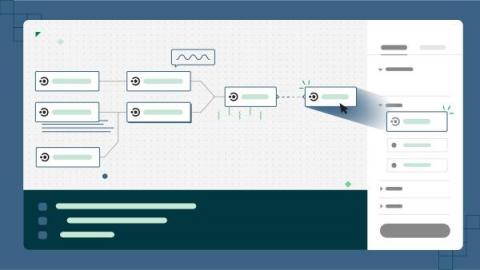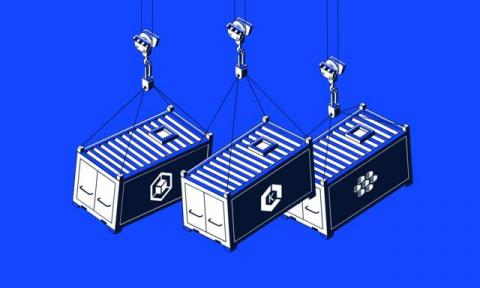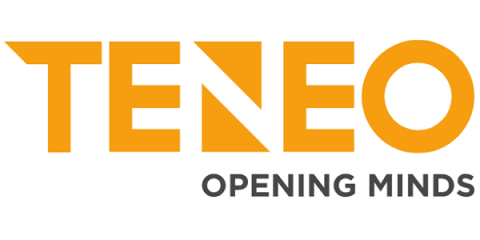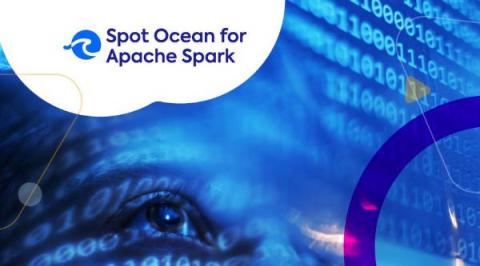Operations | Monitoring | ITSM | DevOps | Cloud
Latest News
Epinio and Crossplane: the Perfect Kubernetes Fit
One of the greatest challenges that operators and developers face is infrastructure provisioning: it should be resilient, reliable, reproducible and even audited. This is where Infrastructure as Code (IaC) comes in. In the last few years, we have seen many tools that tried to solve this problem, sometimes offered by the cloud providers (AWS CloudFormation) or vendor-agnostic solutions like Terraform and Pulumi.
Introducing the CircleCI visual config editor
The CircleCI visual config editor (VCE) is now generally available as an open source project. Development teams can now create and modify CircleCI config files in a visual drag-and-drop, low-code environment. The VCE is a node-graph editor that you can use to modify CircleCI config elements and generate config files. It provides a frictionless way to build CI/CD pipelines and interact with CircleCI’s platform in an efficient, user-friendly visual interface.
The 2022 Managed Kubernetes Showdown: GKE vs AKS vs EKS
Kubernetes may provide an abundance of benefits, but those who are using it may be well aware that it often requires quite a bit (or even a lot!) of effort and skill to run the platform independently. So – rather than having to put up with it on their own, organizations are able to pay for a managed Kubernetes service instead. This is where Google Kubernetes Engine (GKE), Azure Kubernetes Service (AKS), and Amazon Elastic Kubernetes Service (EKS) come in.
An Engineering Manager's Bill of Rights (and Responsibilities)
In 2018, Honeycomb co-founder & CTO Charity Majors wrote a blog post titled, “An Engineer’s Bill of Rights (and Responsibilities).” We’ve recently updated and reposted it.
Video: Cloud Native Traffic Replay
Charmed Kubeflow 1.6 Beta is out: try it today!
We are happy to announce that Charmed Kubeflow 1.6 is now available in Beta. Kubeflow has evolved into an end-to-end MLOps platform for optimised complex model training. We’re looking for data scientists, ML engineers and developers to take the Beta release for a drive and share their feedback! Read on to learn more.
Zero Trust is NOT enough...
The current trend to move to Zero Trust security architectures using the mantra “Never Trust, Always Verify” is a move that Teneo has long supported. The simple fact is that the traditional castle and moat approach to security built on VPNs is not fit for purpose in the modern world with hybrid users and infrastructures.
Tanzu Mission Control Expands Kubernetes Data Protection with Cross-Cluster Restore
To avoid application downtime and data loss during Kubernetes clusters outage, platform and application operators need to utilize backups for recovery. These backups should contain both the application’s persistent data alongside its configurations, which can be restored to the same or different cluster to get back into production more quickly.


